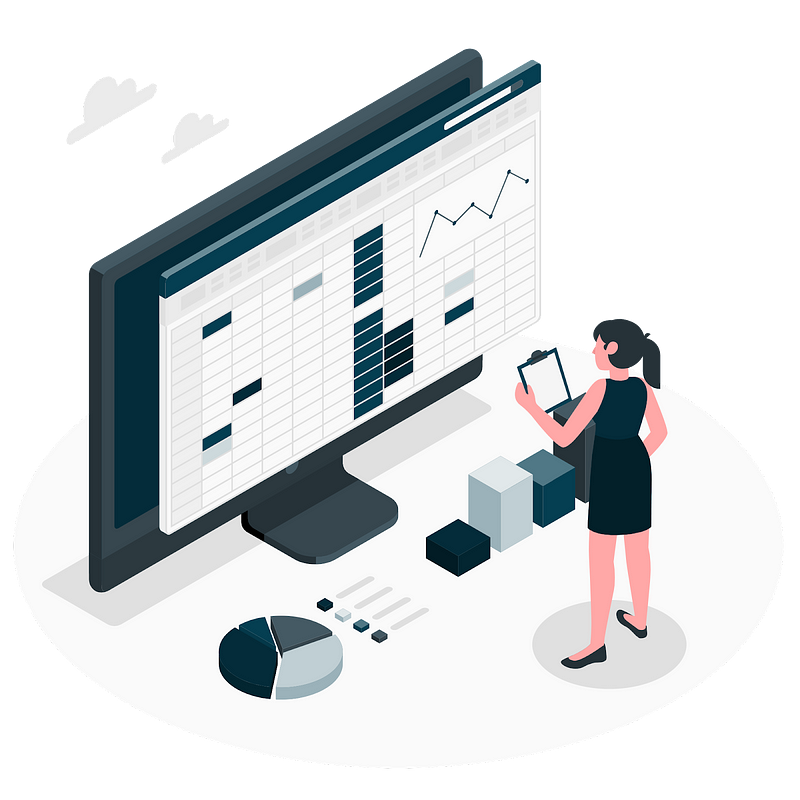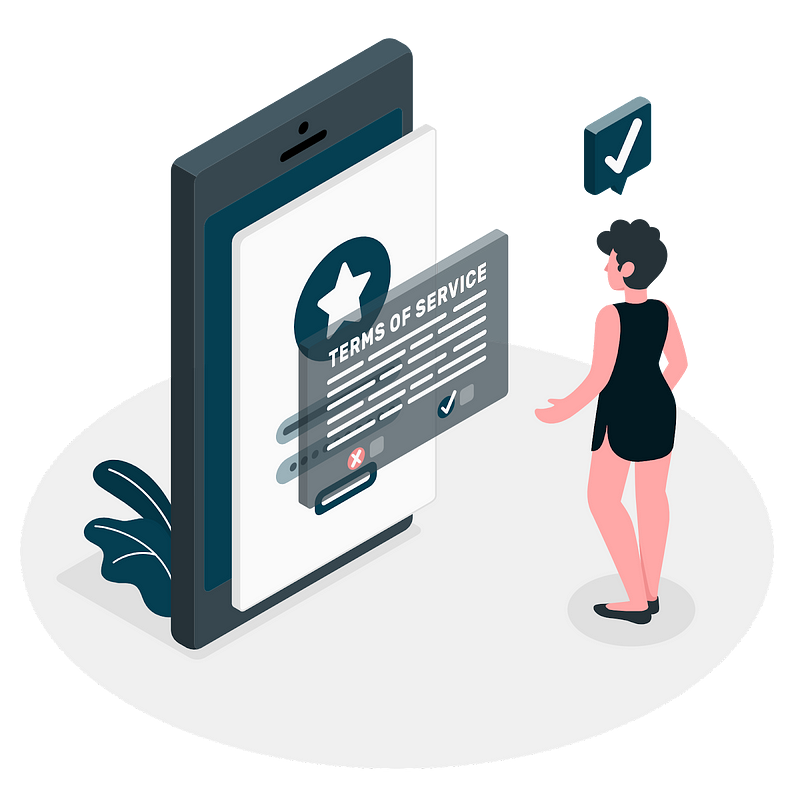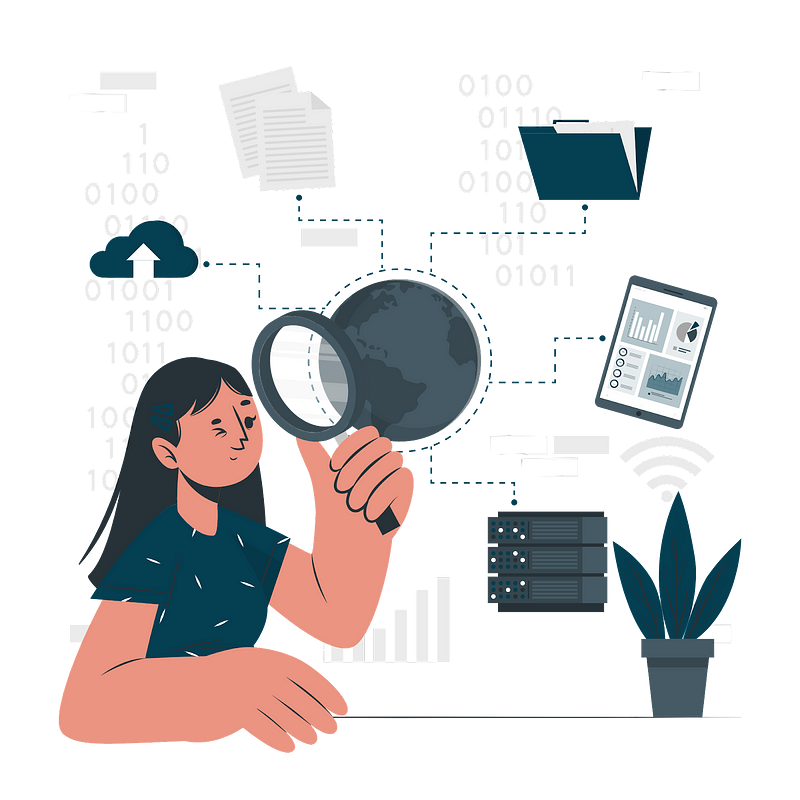Over the past few decades, organizations have increasingly recognized the crucial need of hardware technological investments and modern software applications that are required to build a smart IT infrastructure. Integrating these technologies into daily workflows helps streamline business operations, improve the customer experience and lead down a path towards IT modernization. But many small and mid-sized organizations still use spreadsheets to track these hardware and software IT assets to ensure their optimal utilization and to get the most ROI.
Even though spreadsheets provide a great starting point for asset management, they are prone to human errors and inconsistencies, and so are often inaccurate. Research suggests that more than 90% of the spreadsheets contain inaccurate information and half of spreadsheets models used in large businesses have material defects. Therefore, moving your IT asset management to a specialized ITAM tool is your smartest next step toward IT modernization.
Let’s explore in detail why organizations use spreadsheets for IT asset management — the pros and cons — and why switching to an IT asset management software might be a better choice.
Why do organizations use spreadsheets for IT asset management?

Organizations adopt IT asset management strategies for tracking, optimization, compliance, budgeting, and procurement of their IT investments. To maintain visibility into their IT inventory, they save all the relevant details on spreadsheets, and this is a good starting point for IT asset management. Here are a few key reasons why organizations start their IT asset management journey with spreadsheets:
- Spreadsheets are free to use which makes them perfect for SMBs and organizations that don’t have a well-planned IT asset management strategy. For companies that don’t have the budget for using a cloud-based ITAM tool, spreadsheets serve as an alternative until the company can invest in IT modernization and afford a specialized solution.
- Spreadsheets are easy to use and almost no training is required to be able to use them. Employees who are in charge of keeping the sheets updated can easily do so and can extract information just as easily and quickly.
- Spreadsheets allow you to calculate almost everything with mathematical formula support. This feature comes in handy for calculating the depreciation of hardware IT assets and budgeting for future procurements.
Why make the switch from Spreadsheets to IT asset management software?
Although spreadsheets are adaptable for numerous use cases due to their ability to store all sorts of data, they are still not ideal for IT asset management. This homegrown, manual asset management process is not optimal for organizations that are growing fast and are adapting to digital services, agile processes and knowledgeable decision-making.
Build an accurate IT inventory database
Although Excel or Google spreadsheets can be used to save and record information regarding your IT assets, they offer no method for automatically tracking the state or utilization of any software or hardware asset. The employee assigned to update these sheets periodically makes manual changes, which means there is no real-time information to be extracted from this system,. and they offer no insight into how your hardware is being utilized or when a particular device needs maintenance, and so on.
In this scenario, static data on the spreadsheets becomes unreliable to give you any accurate historical information for any asset insight or future decision making. Furthermore, tracking expensive hardware investments through spreadsheets makes them more prone to misplacement and theft, as it would be very difficult to track the location or the last custodian of each asset.
With ITAM software in place, you can accurately track the asset, its location, custodian, state, and more, all in real-time. Most IT asset management tools support RFID and barcode tags to help manage hardware assets while software and network assets can easily be tracked via network discovery. These processes help you build an accurate inventory so you always know exactly what you have in your IT ecosystem.
End-of-life protocols for hardware assets
For organizations that use spreadsheets, they often save details concerning when each of their hardware assets were procured. However, it is still difficult to calculate the depreciation of these assets based on their age because spreadsheets don’t give you an accurate overview of their utilization. This makes it difficult for you to foresee and determine when and how an asset should be disposed of, making it almost impossible to implement retirement protocols. And without standardized retirement protocols in place, there is an increased risk of unplanned operational downtime, device breakdown, and in the worst-case scenario, completely halted operations.
Switching from spreadsheets to a robust ITAM tool allows you to track IT assets throughout every stage of their lifecycle. Apart from improving their lifespan through scheduled servicing and maintenance, this feature also allows you to foresee when hardware assets are reaching end-of-life, soyou can act proactively and replace them in time and ensure that the retired devices are being disposed of properly.
Meet regulatory and compliance requirements

Spreadsheets are not equipped with features that help you identify compliance issues that affect the software applications within your organization. Although you can save the expiry dates and the assigned seats for a software, spreadsheets don’t notify you when the expiry date is approaching or when there are more users than the assigned seats. Such non-compliance with software vendors can become a huge liability for you during an external audit, and they can cause financial and reputational damage to your organization.
IT asset management systems include alerts and notifications features so you are always one step ahead of your software expirations. An ITAM tool notifies you when a particular license is about to expire, when more users are using the software than the assigned seats, or when someone is using a blacklisted software product. You can also save all your vendor contracts in the system and create user-specific access permissions to ensure that all compliance requirements are always being met.
Onboarding and offboarding management
IT onboarding is an arduous task that requires multiple steps that must be executed accurately for the new employees to be equipped efficiently. It is difficult and time-consuming to rely on spreadsheets for deployment of new IT assets to their designated users. In the best case scenario, you can save details about the hardware devices and the employee to whom the devices are being provisioned. Conversely, using an ITAM system allows you to automate the following critical onboarding processes:
- User and software data import from multiple integrations (Jamf, Okta, Intune)
- Provisioning devices against new users
- Deployment of new devices
- Ensuring that the right devices have reached the right user
Similarly, IT offboarding requires ensuring that you have revoked access to the network data and the software applications, as well as getting the assigned devices back. Excel and Google sheets do not have adequate features to help you with employee offboarding. With a specialized solution, you can automate these processes by setting up alerts for when an employee is leaving the organization and help ensure that the rest of these protocols are being followed.
Approval workflows with identity and access management
As IT investments are usually costly and can exhaust a large portion of your budget, it is important to establish set protocols to monitor who can checkout high value hardware devices. Similarly, software and vendor contracts often contain confidential information and so it is vital to have an approval process in place to maintain the integrity of that confidential information. As spreadsheets are easily accessible to everyone across the organization, it becomes very difficult to set up these approval workflows, not to mention the serious potential security risks to your organization.
An ITAM tool comes with built-in security features so if your employees want to check-out a high value item, they can put in a formal request which can be approved by their line managers. Furthermore, you can create custom roles and set permissions for the information that can be accessed and the actions that can be taken to improve your security.
Maximize value with IT asset lifecycle management

From entering the procurement details to jotting down the price of a hardware device, you can save every information related to a hardware asset in your homegrown spreadsheets. This can help you keep a record of your purchases but it doesn’t help you optimize your IT asset lifecycle management. On the other hand, ITAM software can help you keep track of every stage of your hardware asset’s lifecycle.
Planning: The insights that you derive from comprehensive historical hardware-usage data allows you to create a proactive, data-driven procurement plan. An ITAM system enables you to view which devices need replacement, which vendors are preferred among users, and which devices are providing the best ROI. This information facilitates you in knowledgeable hardware procurement as the analysis of this historical data allows for more accurate projections of future needs, with minimal effort.
Procurement: Some of the best IT asset management solutions include default templates for purchase orders to simplify your procurement processes. You can easily save all vendor details in the database and send out purchase orders ahead of time to be sure that the unavailability of hardware assets will not cause an operational bottleneck.
Deployment: Once you have acquired the assets, you can enter them in your ITAM system using BIOS, AIN, or RFID tags and quickly deploy them to the right people. Your ITAM software will maintain all the updated details about custody and usage of your hardware devices.
Servicing and maintenance: ITAM tools come with servicing and maintenance modules, ensuring that you’ll be notified beforehand when any of your hardware devices are due for maintenance. Regular maintenance increases the hardware lifespan and helps you run your operations smoothly.
Retirement: Once a hardware device is past its useful state, you can dispose of it as per your company’s protocols and then begin the planning cycle for the procurement of new assets. With all the lifecycle details of the hardware assets at hand, you can even auction off the assets to get the most out of your IT investment.
Read more: 6 Ways ITAM Integrated Help Desk Automation Helps Your Business
About AssetSonar
AssetSonar is a powerful software license management tool used by tech organizations and businesses all over the globe. Sign up today for a free 15-day trial.
For more assistance, drop us an email at support@ezo.io. You can also visit our blog for detailed support posts.
Join the Conversation: Twitter | Facebook | LinkedIn








